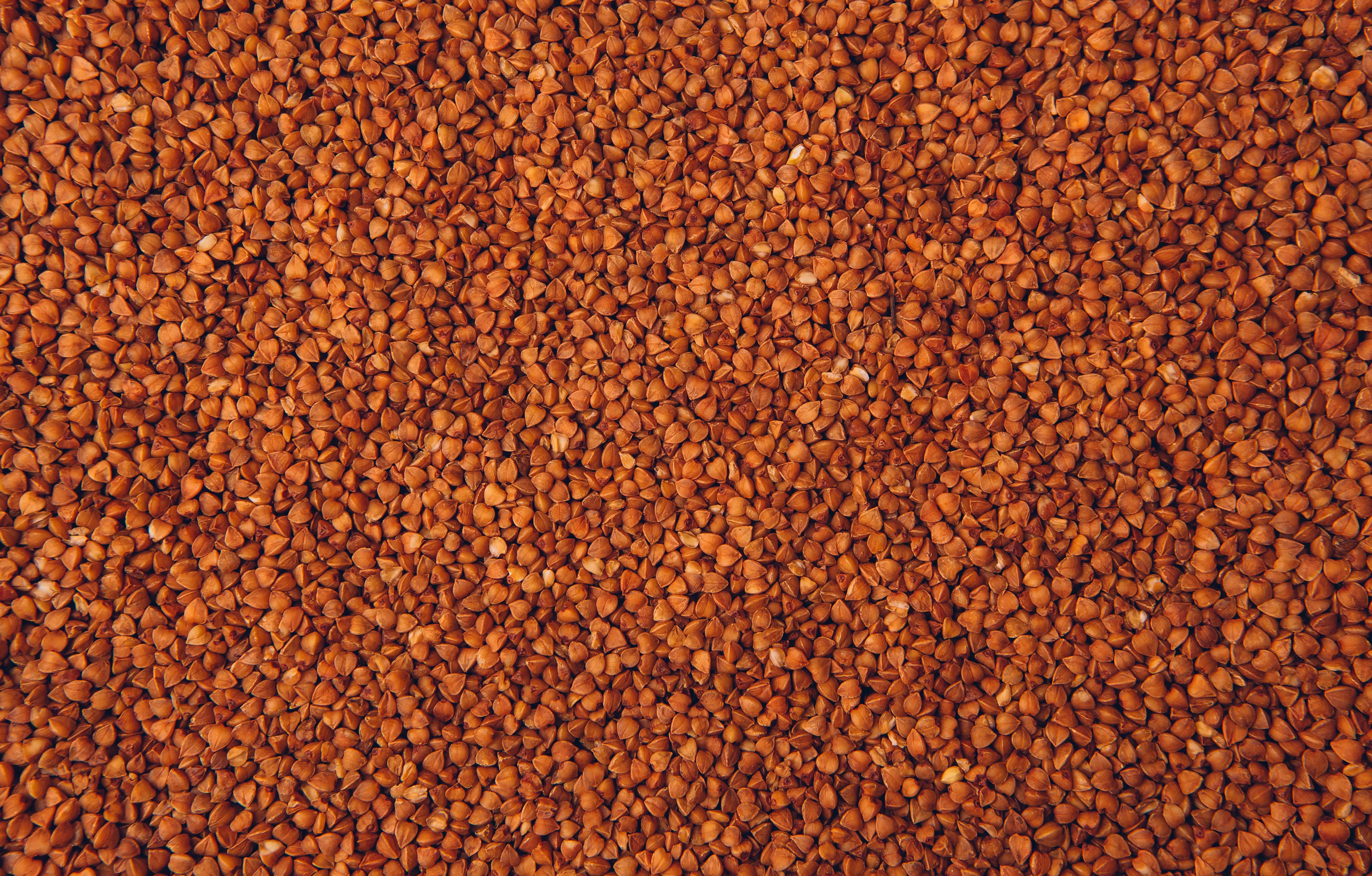| Specifications |
Details |
| Scientific Name |
Eleusine coracana |
| Family |
Poaceae |
| Color |
Dark brown to light brown |
| Texture |
Granular |
| Uses |
Dietary staple, Flour for various dishes |
| Nutritional Value |
Rich in calcium, iron, and fiber |
| Common Dishes |
Ragi Malt, Ragi Dosa, Ragi Mudde |
| Origin |
Originated in Africa, widely cultivated in India |
| Storage |
Store in a cool, dry place |
Ragi, also known as finger millet, is a nutritious cereal grain that belongs to the Poaceae family. Scientifically named Eleusine coracana, ragi is primarily cultivated in Africa and Asia, particularly in India and Nepal.
It has been a staple food in these regions for centuries and is gaining popularity worldwide due to its numerous health benefits.
Ragi is a rich source of essential nutrients, including carbohydrates, dietary fiber, protein, and minerals like calcium, iron, and phosphorus. It is gluten-free, making it a suitable grain for individuals with gluten intolerance or celiac disease. High in dietary fiber, ragi aids in digestion and helps maintain a healthy digestive system.
It has a low glycemic index, making it a good choice for individuals managing diabetes as it helps in regulating blood sugar levels. Ragi is known to be rich in antioxidants, which can help combat oxidative stress and inflammation in the body.
Despite its nutritional benefits, ragi can have a slightly earthy or nutty flavor, which may not be preferred by everyone. The husk of ragi contains tannins, which can affect the absorption of certain minerals. Processing techniques like malting or fermentation are sometimes used to mitigate this issue.




